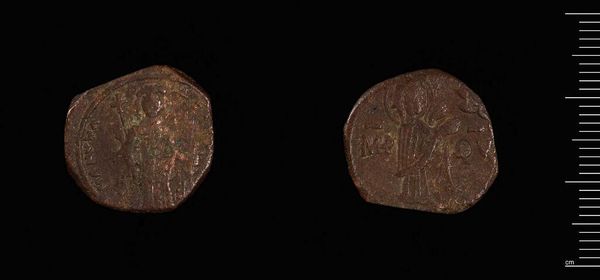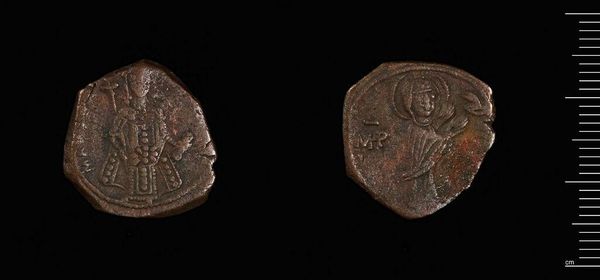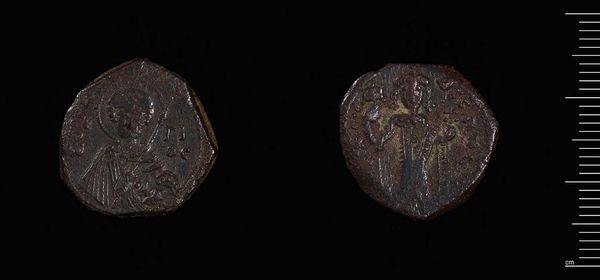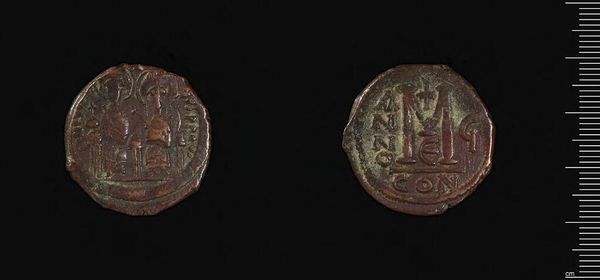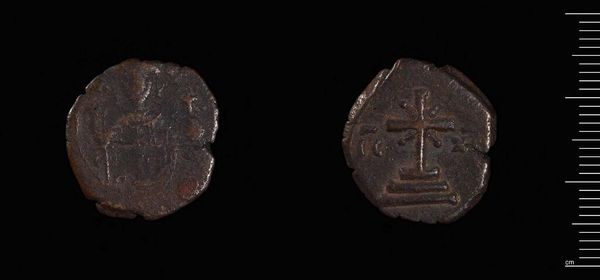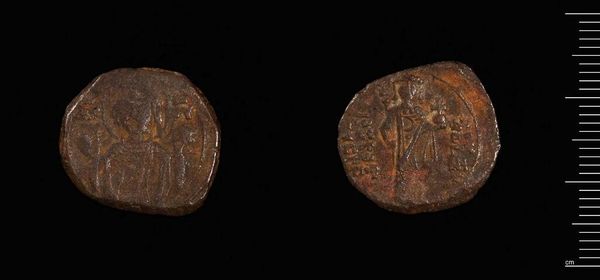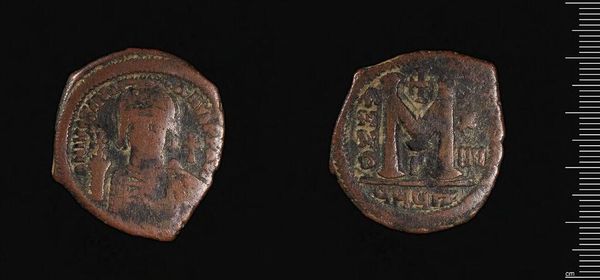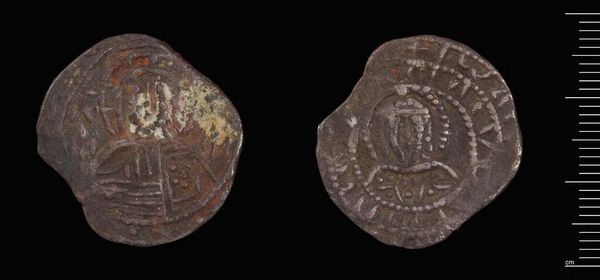
Copper Tetarteron of John III Vatatzes, Magnesia ad Meandron c. 1221 - 1254
0:00
0:00
Dimensions: 2.82 g
Copyright: CC0 1.0
Curator: Here we have a copper tetarteron created under John III Vatatzes, during his reign in Magnesia ad Meandron. The coin weighs just 2.82 grams. Editor: Immediately, I'm struck by how humble it feels. Not the grand pronouncements of power I might expect, but almost…personal? Curator: Well, consider its function: currency. These weren’t sculpted monuments; they were tools of exchange, of production and consumption. Copper, a readily available material, signals a shift in the Byzantine economy. Editor: It’s aged, worn smooth in places. Makes you wonder whose hands it passed through, what stories it could tell if coins could talk. Curator: Its creation reflects the economic conditions and the material realities of the time. It is also, in a sense, a piece of propaganda, meant to circulate the image of the Emperor, both literally and figuratively. Editor: It's funny to think about the practicalities of power and representation embodied in something so small and handled so casually. Almost contradictory, really. Curator: Precisely. It highlights the inherent tensions between the symbolic and the material, the ruler and the ruled. Editor: It certainly offers a unique lens through which to view an empire—a tangible piece of its everyday existence.
Comments
No comments
Be the first to comment and join the conversation on the ultimate creative platform.


